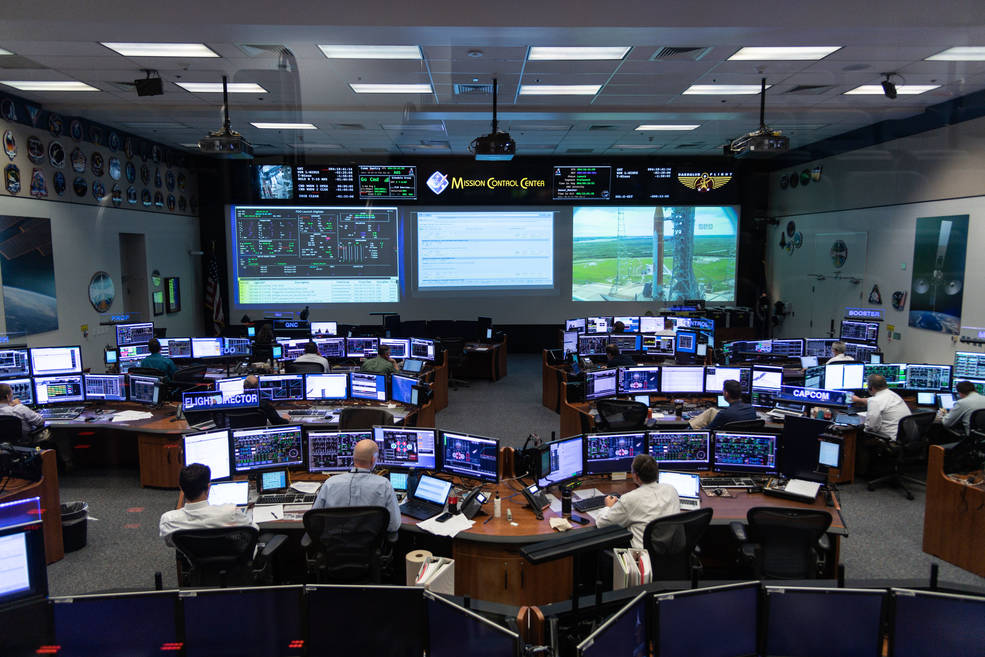What is your name and your role on the European Service Module team?
My name is Guillaume Pionnier and I am a Mission Integration and Performance System Engineer at ESA.
How long have you been involved in European Service Module’s development and what were/are your tasks?
I started to work for the European Service Module (ESM) project in mid-2020. I follow items and technical discussions on how we will make our spacecraft fly within deep space which is undeniably one of the most demanding environments. To do so, you need to know every piece of the ESM and the mission in which it is involved. I also take care of the flight operations on the ESM side, as well as the training of the European team supporting the Artemis missions, together with our Airbus, Thales Alenia Space, Lockheed Martin and NASA colleagues.
What is your educational background/prior work experience? How did you come to work on European Service Module?
I have two engineering degrees and a MsC in Control Systems and Signal Processing. My background is on Guidance Navigation and Control, mainly. I worked with the Autonomous Transfer Vehicle, also known as the ATV (the European cargo spacecraft that flew and docked with the International Space Station autonomously several times and paved the way for Vision-Based Navigation subsystems). I was involved in the Engineering Support Team at the ATV-Control Centre and naturally headed toward the ESM programme. These were definitely great opportunities to work on spacecraft that rendezvous in space and soon, for Orion, will carry astronauts back to the Moon!
What is the most notable or memorable moment during your time working on European Service Module?
One of my best souvenirs is the first time I travelled to NASA’s Houston site a year ago for my first simulation and training. It was soon after the apex of Covid and I had not yet met everybody in the US and European team, even though we had been working with them for a year already. Everything and everyone was new, and obviously, Houston is one – if not THE – dream place to be for an aerospace engineer.

Credits: NASA
What does it mean to you to be part of the larger team helping to get humans back on the Moon?
It means a lot to me. This is quite an achievement to helping humankind to return to the Moon, more than 50 years after Apollo. Every day, you can measure the chance and the international framework in which you are working. US and Europe obviously have different cultures and ways of working and that is – in my view – the most enriching part of my daily job, comparing and seeing how one problem can be solved in many ways. That teaches you humility and pragmatism.
What is one thing you’d like the European public to know about your job?
This is a job you will love. Even if you have dreamed about it since your childhood, this is a grown-up dream and I think every day of how lucky I am to be working on such an untypical programme. In short, the desire to explore the unknown is an inherent trait of human nature at the basis of scientific innovation and exploration, and this is basically what will drive you in a daily basis: the adventure, we have that in our DNA, as humans.
Do you have any advice for future generations interested in space exploration?
It is definitely worth it. Give a try, even if you are not entirely sure. Space exploration and more generally-speaking aerospace is so wide and involves so many difference people, requiring different skills that it is only a matter of time to find your place. Push forward and do not take shortcuts when doing your job: so many things can go wrong that every detail counts.

 Automated Transfer Vehicle page
Automated Transfer Vehicle page ATV blog archive
ATV blog archive
 NASA Orion page
NASA Orion page NASA Artemis
NASA Artemis Airbus Orion page
Airbus Orion page
Discussion: one comment
I was friend with Guillaume when we were early teenager, I’m so happy to see what he is working on.
Keep up the good work !